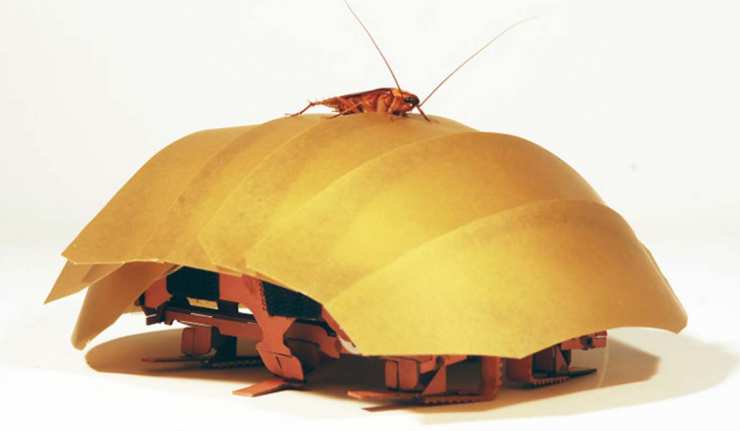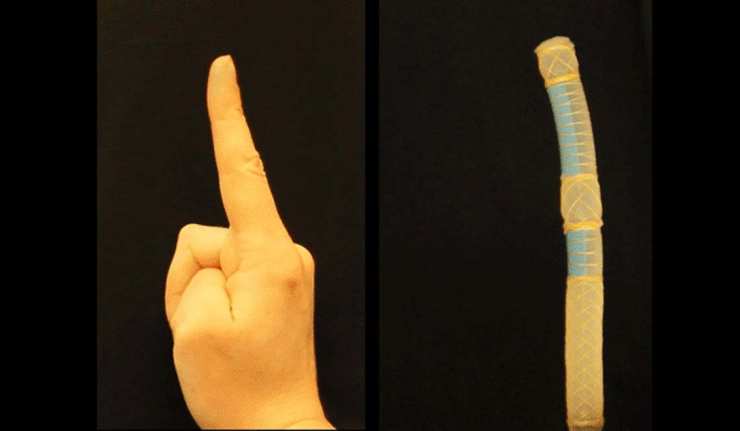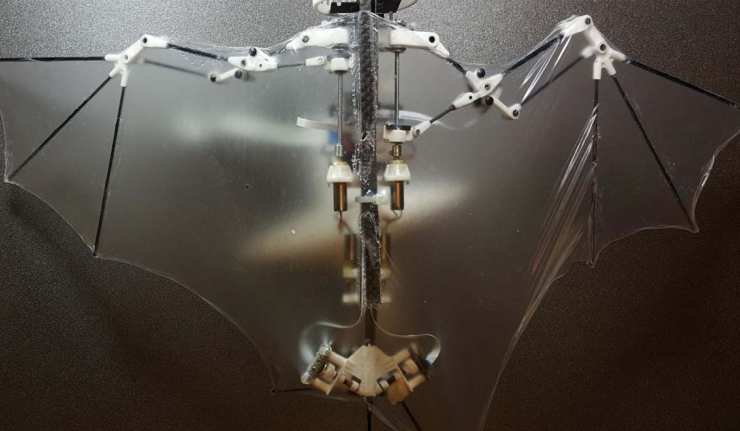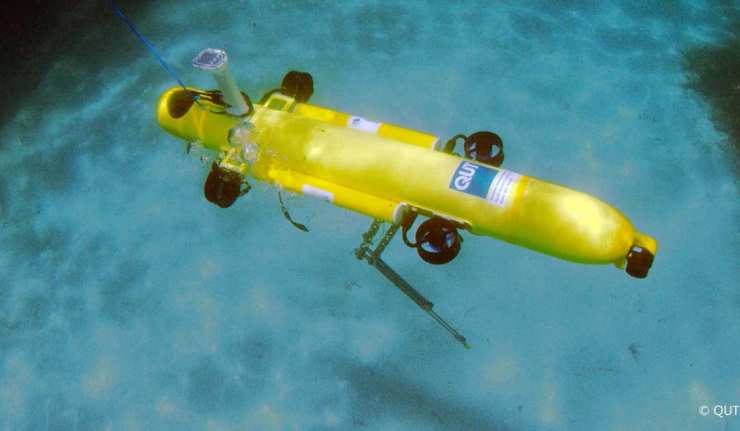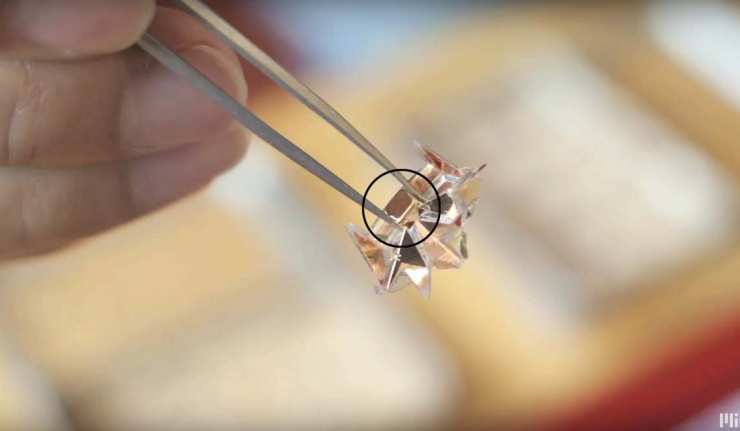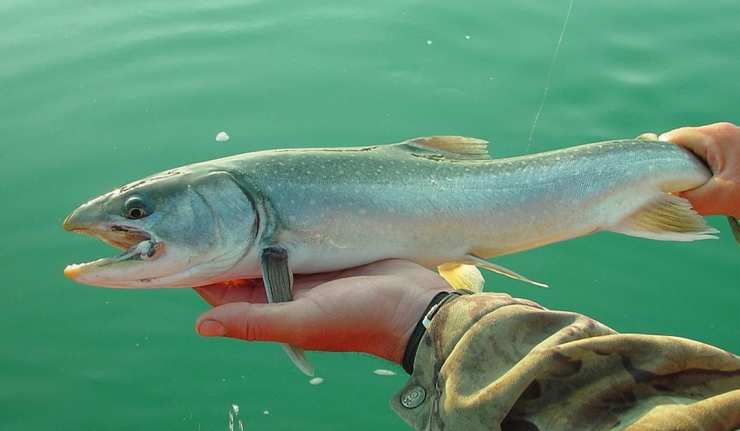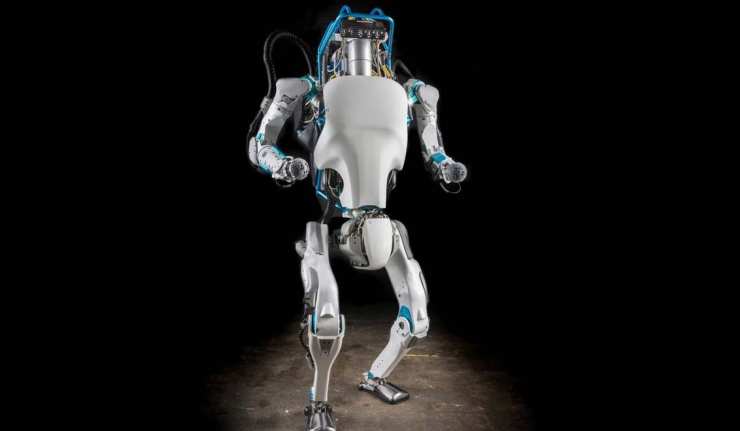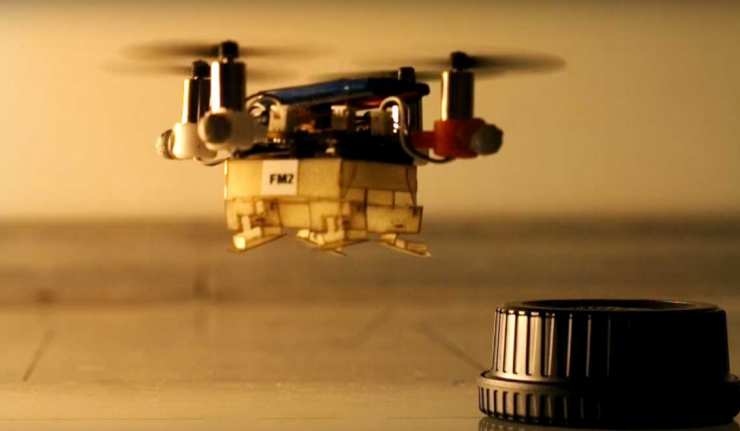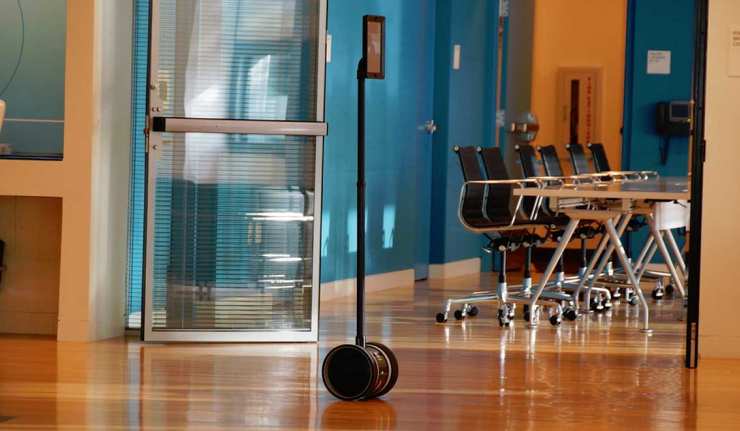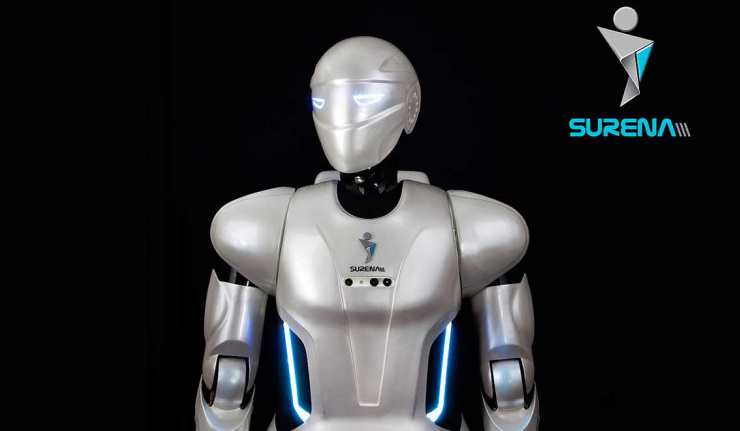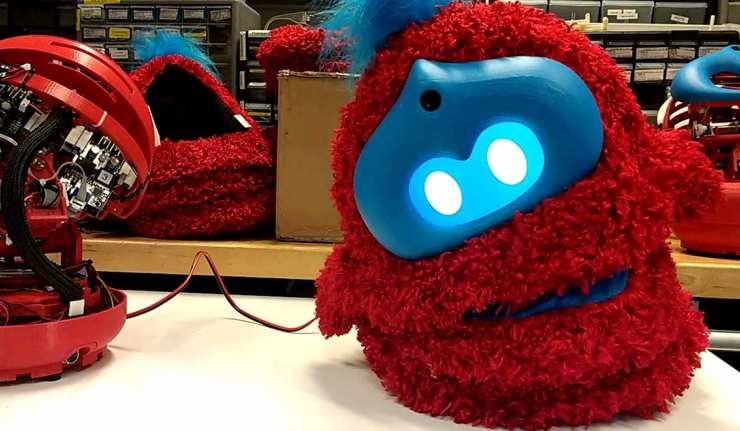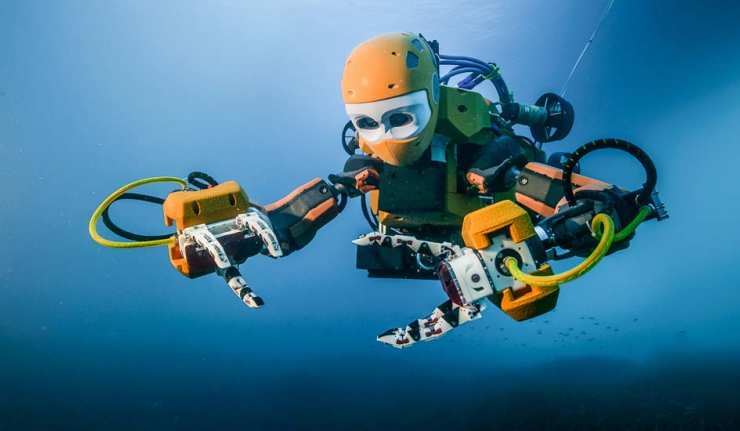Robot
Meet CRAM: The Advanced Robotic Cockroach
Periplaneta americana, commonly known as the American cockroach, one of the most dreaded pest of them all, has now crept its way into robotic studies, thankfully far from the reaches of our homes!
Soft Robots Mimic Biological Hand Movements
When robots arrive, they do so in style! We stand witness to some of the greatest technological inventions in history, an area of pioneer research being the use of robotics in medicine and healthcare. The aim is to enhance quality of living by means of artificial intelligence. Non-rigid or soft robots have certainly evolved over generations of trial and error, and taken precedence over traditional robots due to their low weight, customizable nature, their capacity to easily mimic human activity and in most cases, their awareness to the environment.
Bat Bot: The Drone That Flies Like a Bat
Whilst the majority of flying drones have so far been based on a quadcopter design with four rotating blades, there are safety issues with these coming into close contact with humans, as well as a lack of efficiency and agility which limits their use in rescue operations.
Researchers are therefore looking for more efficient flying drones and to that end, the National Science Foundation in the US gave researchers $2.2 million to come up with a new design.
COTSbot: The Underwater Drone Set to Stop Destructive Starfish in Their Tracks
Most people have heard of the Great Barrier Reef, even if they haven’t been there themselves. The world’s largest coral reef contains over 3000 individual reef systems and is the only living thing on earth which is visible from space.
Bio-friendly, Ingestible Origami Robot
Kids accidentally swallow inedible objects a fair number of times and parents reflexively panic hoping for it to pass through the body soon and not get caught in the esophagus or gut, the waiting raising their anxiety levels! The United States records about 3,500 cases every year of hazardous button batteries, found in toys, watches etc, that are being ingested resulting in a detriment to the consumer’s health like chemical burning of tissues and sometimes even death.
Robots are Helping Salmon Farmers Keep their Fish Healthy
Whilst salmon often used to be considered a luxury item, thanks to the advances in fish farming it is now a weekly item on many people’s shopping lists. In fact, worldwide consumption of salmon is now three times higher than it was in 1980. The transition from high-cost food to weekly commodity is in part thanks to the aquaculture system of farming salmon in oceanic pens.
Advanced Humanoid Robot, Atlas, Finds Application in the Future
Remember the adorable droid C-3PO from the Star Wars movies? Envision something along similar lines and you have ‘Atlas’. Sci-fi is no more just a fantasy!
Picobug: A Tiny Robot That Can Walk, Fly and Grasp
Robots are getting more and more advanced but it’s generally accepted they have yet to match up too many of their natural counterparts. The GRASP Laboratory at the University of Pennsylvania intend to change all that. Led by Vijay Kumar, the team have created a tiny robot inspired by the stag beetle.
Double Robotics’ Telepresence Robot, Double
When you’re bound by domestic duties, have fallen prey to weather changes or are constrained by location in general but still have an important meeting and office gathering to attend, what do you do?
Surena III: The New Version of the Iranian Humanoid Robot
The Iranian Center for Advanced Systems and Technologies (CAST) from University of Teheran has recently publically unveiled Surrena III, a very advanced adult-sized humanoid robot, who can walk, run, speak and recognize people. This is the third version of the robot, released 7, and respectively 5, years after its predecessors, Surena I and II.
Social Companion Robot, Tega, Aids Children’s Development
The mindset of children, aged about 0-14, requires intricate nurturing and support in order for them to flourish into well-rounded individuals, complete with a certain social behavior and knowledge to match current day progress. Research data shows that in some cases parents are unable to spend a good amount of quality time tutoring their young ones because of heavy schedules and the rate of one-on-ones in schools between most teachers and students appear to be diminishing owing to larger classroom sizes.
Meet Ocean One: The Humanoid Robot Exploring Our Oceans
When you think about deep-sea exploration, the first image that might well pop into your head is a Remotely Operated Vehicle (ROV) unmanned and plunging its way down to the depths of the ocean. There is still so much left to discover about our oceans, with NOAA (National Oceanic and Atmospheric Administration) suggesting that we have explored less than 5% of our oceans.

